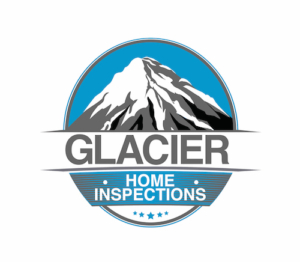FHA and VA Inspection Checklist
FHA Inspection Checklist
- The property must be a single real estate entity
- The property must be free of hazards and conditions that pose a risk to the health and safety of the occupants or adversely affect the structural soundness and use of the home
- The septic system (if present) must be functional
- Property must be free of soil contaminants
- No underground storage tanks
- Site must adequately drain water away from the perimeter of the walls
- Must have an acceptable and sufficient water supply
- Must have safe and sanitary sewage disposal
- No evidence of termite infestation
- Property must have safe and adequate access to cars and pedestrians from a public or private street
- Presence of any defective conditions, including but not limited to, poor construction, leaks, decay (A property with any defected conditions is considered unacceptable until the defects are corrected.)
- Natural and adequate ventilation of attics and crawl spaces
- Foundations must be in good condition
- Property must have sufficient access to the crawl space
- Roof must be in good condition and prevent moisture from entering the home. (If re-roofing is needed, FHA requires specific guidelines.)
- Mechanical systems must be safe, protected from destructive elements, functional, durable and of decent quality
- Heating sources must be safe, functional and meet any local requirements
- Electricity must be available for lighting and any equipment used
- Additional health and safety hazards, including but not limited to, broken windows, blocked doors or steps without a handrail
- No presence of lead-based paint
VA home inspection checklist
While there may be some overlap in what a home inspection and VA appraisal covers, a home inspection should provide homebuyers with a holistic look at the quality of the entire home. The main items your home inspection should cover:
- Home structure. The construction of the home is sound, including walls, floors, foundation, roof, and ceilings.
- Home exterior. Determine the life of the siding, windows and trim, plus inspect exterior lighting and other exterior features like fences. Also, the property has proper drainage based on the grade and elevation as well as landscaping
- Plumbing. Identify the pipe materials and confirm that everything is up to current standards. Also, inspect toilets, showers, sinks, and faucets for leaks and other needed repairs.
- Home systems. These include chimney and fireplaces, water heaters, furnaces, air conditioning units, and septic systems if applicable.
- Roof and attic. In addition to inspecting the construction of the roof, your home inspector should check the framing, flashing and gutters, insulation, and ventilation.
- Electrical. Determine the type of wiring and that it’s properly grounded. Inspect ceiling fans, light fixtures, and the main electrical breaker.
- Appliances. Evaluate the condition of dishwashers, ranges, built-in microwaves, garbage disposals, smoke detectors, and any other relevant small appliances in the home.



